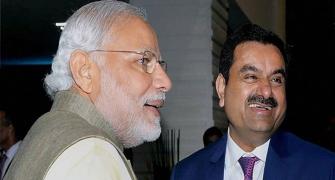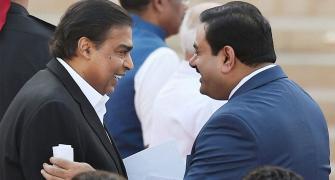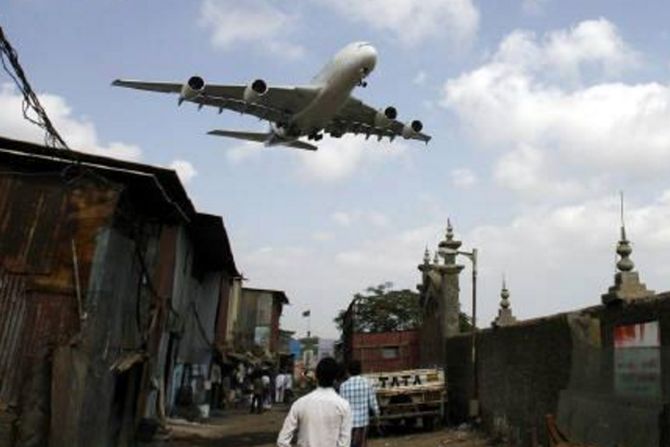How dominant are Chinese firms in India’s sub-Rs 10,000 mobile device market?

The question has become relevant as the government has been thinking of reserving this price segment for domestic players who have not been able to battle the Chinese onslaught.
However, telecom firms and others are concerned that such a move could stymie the effort to build affordable 5G phones in the sub-Rs 10,000 category.
According to technology analytics firm TechArc, which follows market share changes, the share of domestic brands in this price segment fell from 66 per cent in 2015 to just 1 per cent in 2021.
In the same period, the market share of Chinese brands has shot up from 12 per cent to 98 per cent.
What is interesting is that the share of brands from other countries like South Korea and Vietnam has also fallen dramatically — from 22 per cent to just 1 per cent over the same period.
The sub-Rs 10,000 category of phones is important in terms of volumes, as it accounts for 38 per cent of all sales, though its share in value would be lower.
Clearly, the government’s production-linked incentive (PLI) scheme for mobile devices to build “domestic champions” has not worked too well.
Only a few of the six-odd players were able to make the necessary investments and produce enough to be eligible under the criterion for incentives.
So companies like Lava, Micromax, and Opteimeus have not been able to meet their targets.
That is why the government may look at reserving the market for domestic players. But how will they do it — through a nudge or through enabling provisions — is not clear.
Some have suggested that the Competition Commission of India (CCI) should take a close look at whether the Chinese phone makers are indulging in unfair trade practices.
The recent raids by the Enforcement Directorate on Chinese companies were carried out based on the allegation that these companies were evading taxes.
But telecom operators as well as those in the mobile business are not sure if reservation for domestic smartphone makers in the sub-Rs 10,000 category will work. A senior executive of a mobile operator says: “If you are looking at proliferation and growth of 5G consumers, you need affordable phones at an inflexion point of sub-Rs 10,000.
"And it is only the Chinese companies that are working on value engineering.
"They have already brought down the price of 5G phones to Rs 13,000 and are working to go down to Rs 10,000.
"Tell me, which domestic player is investing in design to do this.”
Faisal Kawoosa, who heads TechArc, echoes the same view: “Banning Chinese brands will only retard the growth of 5G and hurt the overall digital journey of the country.
"We must allow all through proper checks and balances and adherence to the necessary regulations and guidelines,” he says.
The India Cellular and Electronic Association (ICEA), which represents most of the global and domestic mobile device players, is also calling for a more balanced strategy.
ICEA chairman Pankaj Mahindroo says, “We respect the government’s intense desire and vision to build strong Indian companies which will evolve to become global champions.
"The instruments to achieve the same have to be extremely well thought through and be the least disruptive.”
Components suppliers to mobile device makers across the globe say that the big drawback for Indian mobile device players is that they have not invested in design and value engineering to reduce costs.
Instead, they have merely assembled phones.
Those who have made the necessary investments are succeeding.
For instance, electronic manufacturing services (EMS) player Dixon Technologies has already started manufacturing 5G millimetre phones under the PLI scheme for exports to the US, and is planning to expand its plant capacity to 30 million phones annually.
The government is also looking at ways to help build more Indian EMS players with co-developments and co-design of affordable phones which can also be exported.










